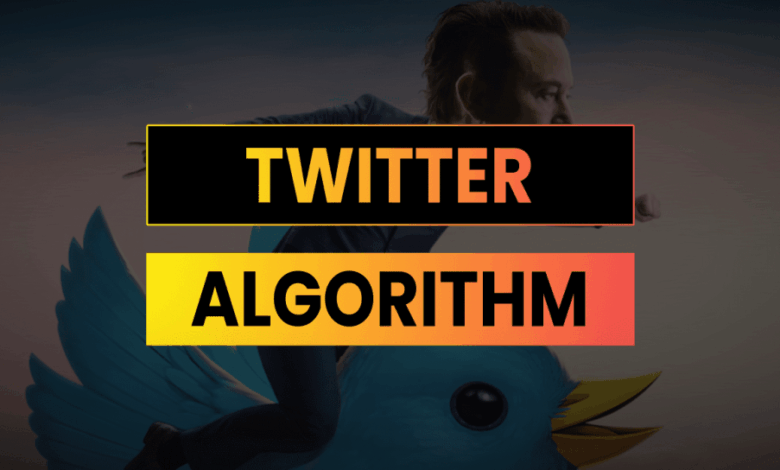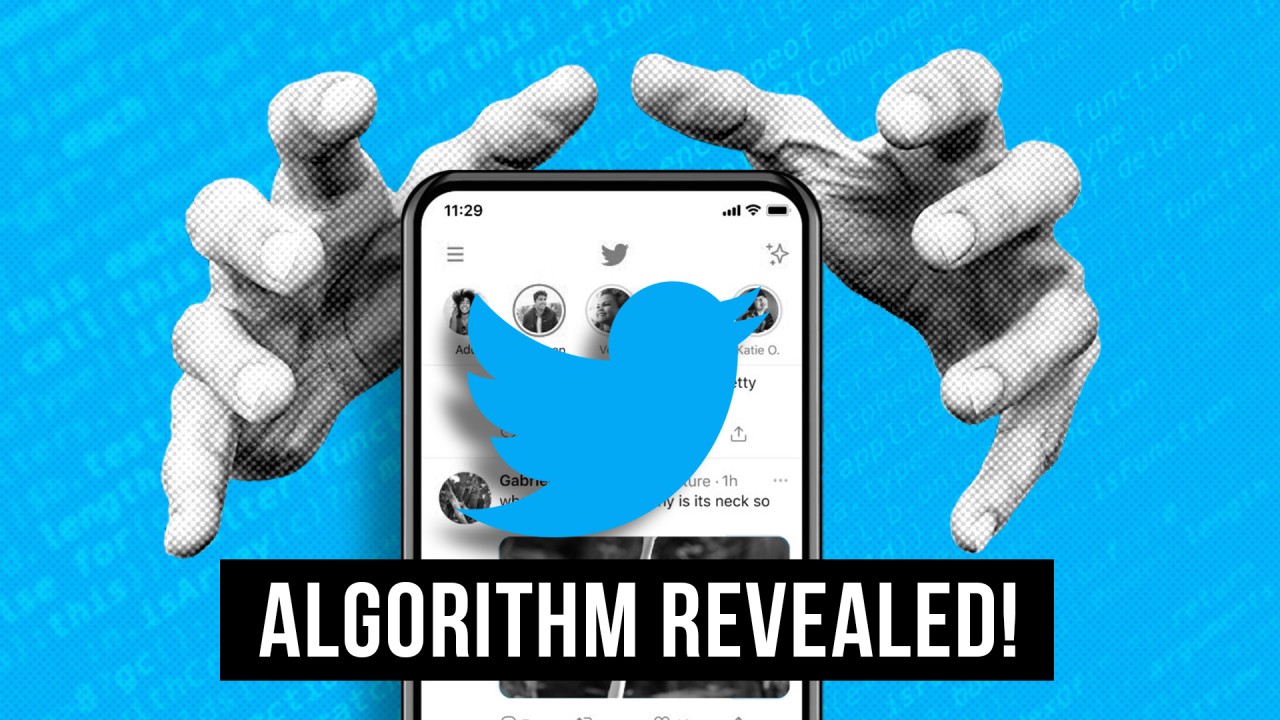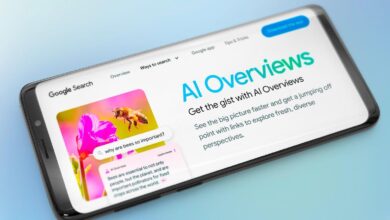Twitter Algorithm Shifts Ignite Widespread User Backlash

The digital town square is in an uproar. What began as a platform for concise, real-time conversation has become the epicenter of a complex debate about power, visibility, and the very nature of social media itself. Recent fundamental shifts in Twitter’s core algorithm have not just been a minor update; they have ignited a firestorm of outrage from its most dedicated users, high-profile creators, and industry experts alike. This isn’t merely about a feature change it’s a seismic event that challenges our understanding of how social platforms operate, who they truly serve, and what the future of digital public discourse will look like. This article delves deep into the heart of this controversy, exploring the mechanics of the change, the multifaceted reasons behind the user revolt, the broader implications for the social media landscape, and what you, as a user, can do to navigate this new reality.
A. Deconstructing the Algorithm: What Actually Changed?
To understand the outrage, we must first decode the technicalities. Twitter’s algorithm is a proprietary, complex system of rules and machine learning models that decides which tweets appear at the top of your “For You” timeline. The recent changes represent a significant philosophical pivot in how this algorithm prioritizes content.
Previously, the algorithm balanced a mix of accounts you follow, topics you engage with, and popular tweets from your network. The new changes heavily favor a different set of signals:
1. Amplification of Pay-to-Play Models: The most controversial aspect is the stark prioritization of tweets from Twitter Blue subscribers. Subscribers’ tweets and replies are given algorithmic weight, meaning they are more likely to appear prominently in the feeds of even non-subscribers. This creates a two-tiered system where visibility is explicitly linked to a monthly fee.
2. The For You vs. Following Timeline Dichotomy: Twitter now defaults to the “For You” timeline, an algorithmically curated feed. While the “Following” timeline (a chronological list from accounts you follow) still exists, its placement as a secondary tab reduces its visibility and user engagement. This forces more users into the algorithmic experience.
3. Aggressive Engagement Baiting: The updated algorithm seems to heavily favor content that spurs intense interaction both positive and negative. tweets that garner thousands of quote-tweets (often of the critical variety) and replies are frequently elevated, sometimes at the expense of more measured, informative content.
4. De-emphasis on Chronological Relevance: The sense of “real-time” news, which was Twitter’s original value proposition, has been diminished. Viral tweets from days ago can resurface at the top of feeds, disconnecting conversations from their immediate context.
In essence, the change moves Twitter from a network focused on social graphs (who you follow) to one driven by paid promotion and raw, often divisive, engagement metrics.
B. The Core of the Controversy: Why Users Are So Angry
The backlash from the community was swift and vehement. This outrage is not monolithic; it stems from a confluence of several critical concerns that strike at the heart of user trust and platform utility.
A. The Illusion of a Level Playing Field: Users feel the platform has abandoned its meritocratic ideal. Previously, a well-crafted tweet from an unknown account could organically go viral based on its quality and resonance. Now, there’s a pervasive fear that such a tweet will be drowned out by the content of those who can afford to amplify it, effectively creating a digital caste system.
B. Erosion of Authentic Community and Followers: Many users built their communities over years, even decades. The algorithm change effectively seizes control from the user, deciding who they should see rather than respecting their conscious choice to follow specific accounts. Followers are no longer a guaranteed audience, leading to drastic drops in engagement for non-paying users and making it nearly impossible for new voices to grow organically.
C. The Proliferation of Spam and Low-Quality Content: Since paid promotion guarantees visibility, there is less incentive for the content itself to be valuable. Users report a significant increase in their feeds filled with spammy replies from Blue subscribers, provocative takes designed solely for engagement, and an overall decline in the signal-to-noise ratio.
D. The Weaponization of Reach: High-profile journalists, activists, and creators who use the platform for accountability and dissemination of crucial information find their reach artificially limited unless they pay. Conversely, bad-faith actors can purchase visibility for harmful content. This doesn’t just change visibility; it potentially alters public discourse and the flow of information.
E. Breach of Implicit Trust: At its core, this feels like a breach of the social contract between the platform and its users. People invested time and energy into building a presence under one set of rules, only to have the rules changed abruptly to their disadvantage. The message perceived by many is: “Your value to us is now measured by your wallet, not your content.”
C. Beyond the Outrage: Broader Implications for the Social Media Ecosystem
Twitter’s gamble extends far beyond its own platform. It is a case study being watched closely by the entire tech industry, with ramifications that could redefine user expectations.
A. The Subscription Model Experiment: If successful, Twitter could pioneer a mass shift toward subscription-based social networking, moving away from the ad-revenue model dominated by Meta (Facebook, Instagram) and TikTok. This challenges the long-held industry belief that core social features must remain free.
B. The Power of Algorithmic Curation: This situation highlights the immense, often opaque, power that algorithms wield over public discourse. It raises urgent questions about who gets to control what we see and hear online and what responsibilities platform owners have to maintain a healthy information ecosystem.
C. The Potential for Market Disruption: Widespread user dissatisfaction creates a vacuum. This is an opportunity for emerging and established competitors like Mastodon, Bluesky, Post.News, and even LinkedIn and TikTok to position themselves as more stable, user-centric alternatives. The migration of influential users could permanently fragment the digital public square.
D. The Creator Economy Reckoning: Content creators who relied on Twitter for audience engagement and traffic are now forced to recalculate their entire strategy. This underscores the extreme risk of building a livelihood on a platform you do not control, accelerating the trend toward multi-platform presence and owned media (like newsletters and personal blogs).
D. Navigating the New Twitter: A User’s Strategic Guide
In this new landscape, adapting your strategy is essential to maintain reach and sanity. Here’s how you can navigate the changes effectively.
A. To Subscribe or Not to Subscribe? Weigh the value of potentially increased reach against supporting a model you may disagree with. For businesses and public figures, it might be a necessary cost of doing business. For casual users, it may hold little value.
B. Master the “Following” Timeline: Break the algorithm’s default hold. Make a conscious habit of switching to the “Following” tab to see the tweets you actually chose to see. This simple act reclaims a significant degree of control.
C. Refine Your Engagement Tactics: Since the algorithm feeds on engagement, be more strategic. Ask open-ended questions in your tweets, create compelling polls, and encourage thoughtful replies. Understand that outrage drives visibility, but so does genuine community interaction focus on the latter.
D. Double Down on Community Building: Don’t just broadcast; cultivate. Use Twitter Circles for more private sharing, engage directly with your top followers’ tweets, and consider directing your audience to a more stable home base, such as an email newsletter or a profile on another platform.
E. Diversify Your Platform Presence: This is the most crucial step. Do not put all your digital eggs in Twitter’s basket. Establish a strong presence on other platforms relevant to your audience. This insulates you from future algorithmic shocks on any single network.
Conclusion: A Pivotal Moment for Digital Discourse
The outrage over Twitter’s algorithm change is far more than user whim; it is a fundamental reaction to the re-architecting of a digital public utility. It represents a clash between a vision of social media as a monetized engagement engine and one of an organic, community-driven space. While the long-term outcome remains uncertain, one thing is clear: users are more aware than ever of the power dynamics at play. This controversy has ignited a crucial conversation about fairness, transparency, and control in our online spaces. Whether Twitter listens to this backlash or continues on its chosen path will not only determine its own fate but will also set a powerful precedent for the entire future of social networking. The digital town square is being redesigned in real-time, and everyone who uses it has a stake in what it becomes.






